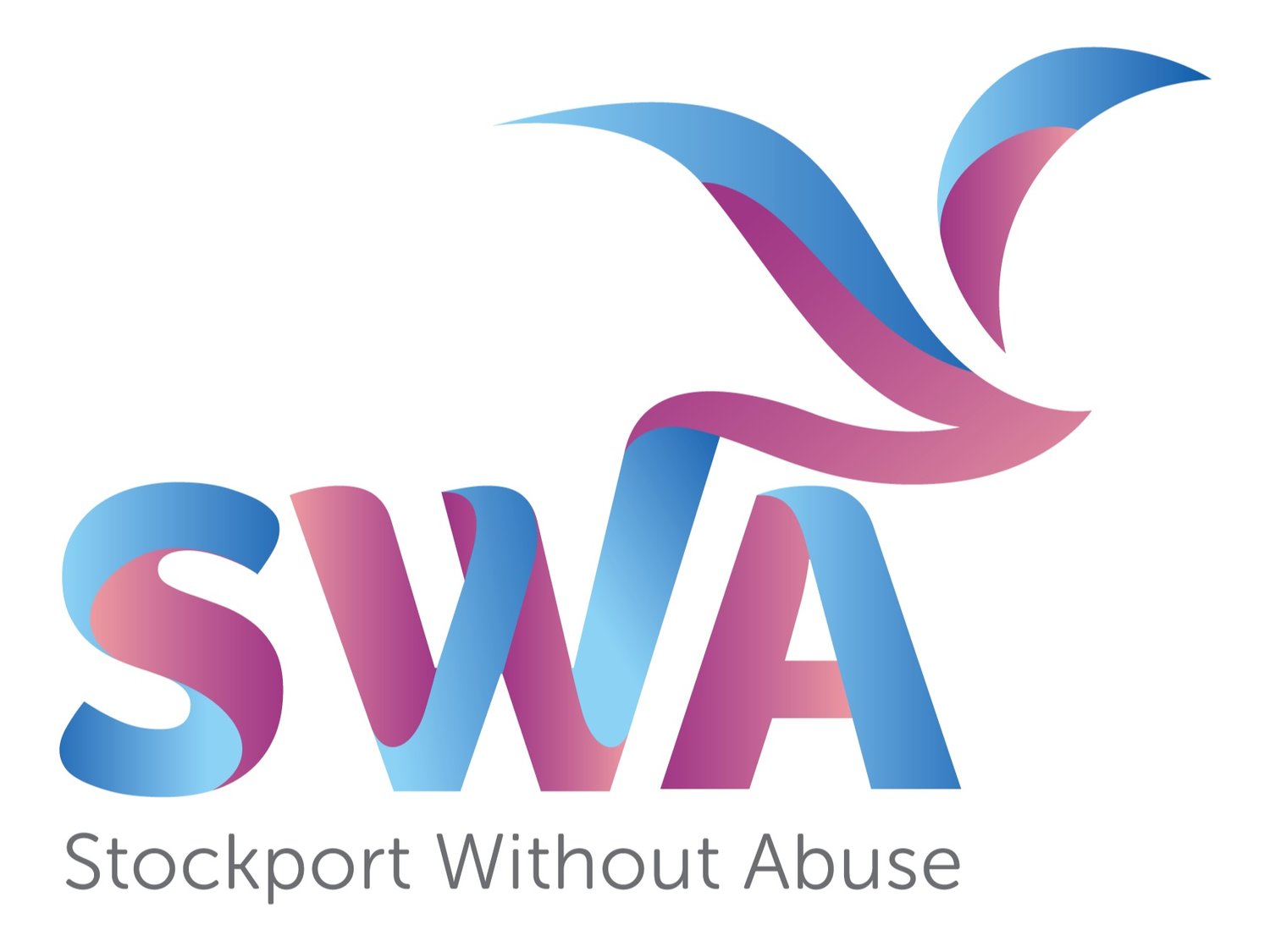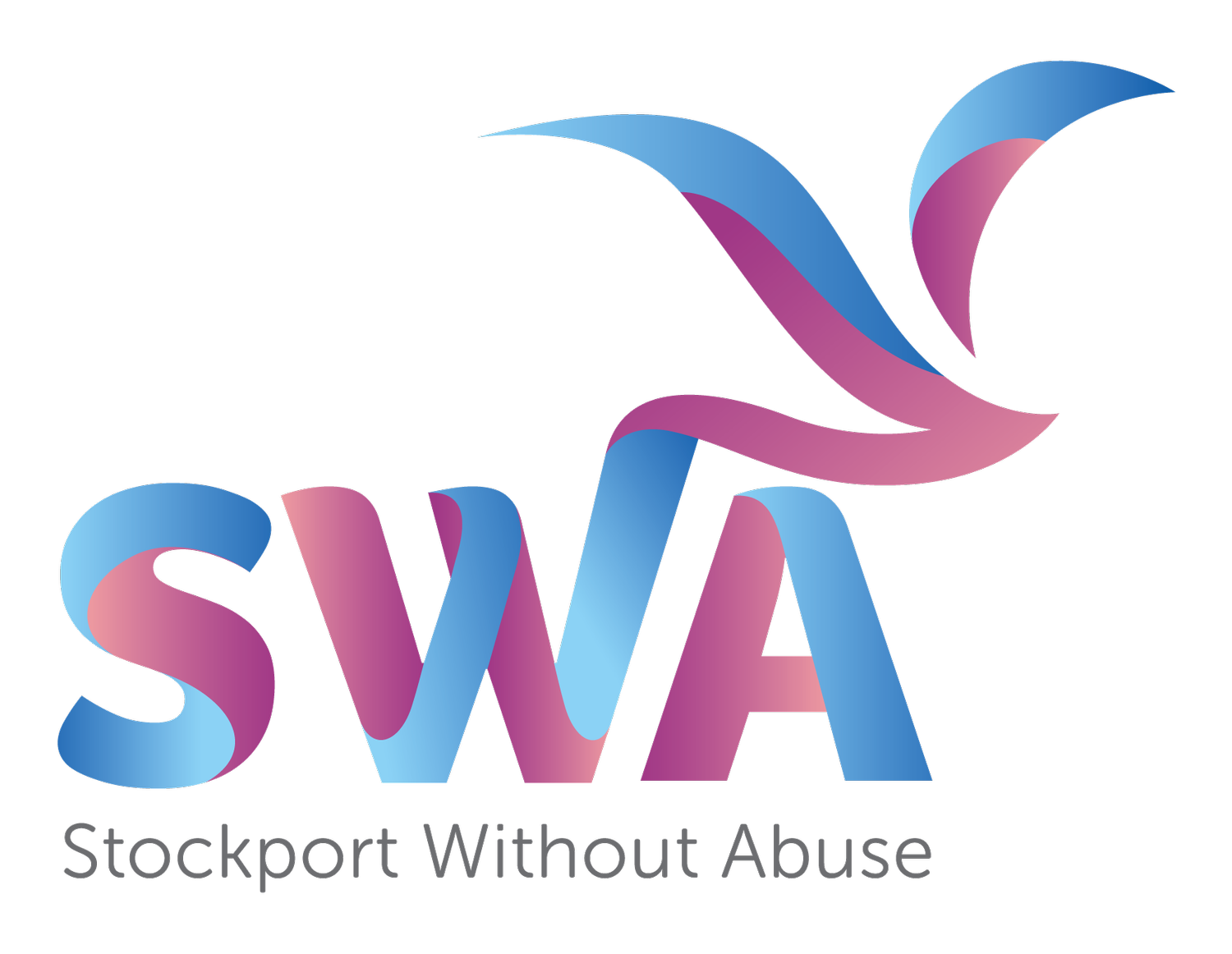Stalking and Harassment
Stalking and harassment is one of the most common forms of domestic abuse and includes obsessive and repetitive behaviour that causes distress for the victim.
Stalking and harassment may include (but is not limited to):
Frequently calling at the victim’s home or workplace
Driving past the victim’s home or workplace
Following the victim
Frequently making contact such as sending letters, text messages, emails or through social media sites like Facebook and Twitter
Sending unwanted gifts
Sending malicious ‘gifts’, such as funeral wreathes or to mark a distressing event for the victim, such as sending flowers on the anniversary of assault
Gathering information on the victim by contacting people who know them or by using public records
Perpetrators of stalking and harassment often use advances in technology to pursue their victim.
Where to get help
A victim (or professional on behalf of a victim) can report stalking by calling 101 and stating ‘I need to speak to an officer I am being stalked’.
Further information on stalking can be found on the websites below:
Paladin – National Stalking Advocacy Service (paladinservice.co.uk)
https://www.suzylamplugh.org/
The Suzy Lamplugh Trust has launched an online platform for victims of stalking, please click on the link below to access it.
Safe Use of Technology
The development of technology can be a great way for victims of abuse to gain information, advice and build supportive social networks. However it can also be used as a means to continue the abuse. It is essential that anyone being abused takes steps to keep themselves safe when using technology.
Change as many accounts as possible
It is better, wherever possible, to change your accounts and passwords. Even if you do not think that your abuser knows the details, it is better to be cautious. Make sure when choosing passwords you choose one that the abuser will not be able to guess.
It may be a hassle but it is better to also change mobile and landline numbers.
Information Disclosure
Be cautious when putting anything about yourself online. Avoid using your name, or that of family and friends; do not give your address or details of any other location that you will be at; do not give out phone numbers or any other identifiable dates. Be careful of photographs that could identify your location.
Be aware that some social networks can pick up where you are when you post and automatically display this location. This is called ‘location functionality’ and can be turned off. Ensure when posting from a mobile that the Bluetooth function is also turned off.
Friends and Family
Remember it is not only you who may give information away regarding your location, personal life and activities. Make sure your children, friends and family are equally cautious about anything they put on the internet.
Even very innocent comments and photographs could put you in danger.
Work Intranet
Be aware of information about you that is available through your employer – do you have an intranet? Are your contact details available online? Are details of meetings you attend available online and include you as an attendee? Do they give dates of future meetings?
Schools, colleges and universities may also have online information that may put you at risk.
Remember …
If someone sends you threatening or harassing messages by email or any other way, these can be saved, printed and used as evidence of the abuse if needed.
Cover your tracks online
If you are in an abusive relationship and worried about your internet safety the best option is to avoid using a personal computer in the home – if possible use a friend’s computer or a computer at your local library or Internet Cafe. If you are using a computer that your perpetrator has access to, please take a few minutes to read the warning below regarding covering your tracks when using the internet and the SWA’s website.
If an abuser knows how to read your computer’s history or cache file (automatically saved pages and graphics), they may be able to see information you have viewed recently on the internet. One way you can protect yourself is to clear your history or empty your cache file in your browser’s settings. How you do that depends on which browser you are using and the details for the main browsers are detailed below. If you are unsure what browser you are using, simply follow this link and it will advise the browser currently in use: http://www.whatbrowser.org/en/
Internet Explorer
To browse safely on Internet Explorer:
Open the browser page
Select the ‘safety’ option
Click on ‘in private browsing’ to browse in a hidden and safe way
Or select ‘delete browser history’ and check all the information you wish to delete – to hide your online movement from an abuser
Google Chrome
To browse safely on Google Chrome you can automatically delete cookies which you have downloaded. This means no downloaded files will be saved. To do this:
Select the spanner icon in the top right hand corner of the page
Select the ‘new incognito page’ option
You can now browse the internet in a safe and undetectable manner
To delete history press ctrl and h then edit items, from here you can delete all history or select pages to delete
Safari
If you are a Safari user it is also possible to browse the web safely and discreetly.
Select the cog icon in the top right hand corner of the page
Scroll down until you see ‘private browsing’
Select the feature to make sure you are hiding where you have been and what you have done, from an abuser
You can also select the ‘history’ option and delete any pages you have viewed in the past from your abuser
Firefox
If you use Mozilla Firefox it’s also possible for you to browse privately and safely.
Select the ‘tools’ option in the top left hand corner of the page
Scroll down to ‘start private browsing’ and select this option
If you want to do this quickly, simply open the internet browser and hold down ctrl + shift + P.
If you want to delete you browser history, do the same but select ‘clear recent history’ directly under ‘start private browsing’.
Alternatively hold down ctrl + shift + delete to quickly delete your history.
AOL
Pull down Members menu
Select Preferences
Click on www icon
Select Advanced
Purge Cache
Netscape
Pull down the Edit menu
Select Preferences
Click on Navigator
Choose Clear History
Click on Advanced then select Cache
Click on Clear Disk Cache
On older versions of Netscape
Pull down the Options menu
Select Network Options
Select Cache
Click on Clear Disk Cache
Many browsers are set up to remember form entries, which could be a problem if you are a victim of abuse. For example, if someone searches for ‘domestic abuse’ on a search engine this entry is remembered by the browser. The next time somebody performs a search for a word beginning with the letter ‘d’ in that search engine, the words ‘domestic abuse’ will pop up as a suggested entry.
In Internet Explorer –
Go to Tools menu at the top
Select Internet Options
Select Content
Select Auto Complete
Select Clear Forms.
Additionally, make sure that the Use Online Autocomplete is NOT checked. This function, if left on, will complete a partial web address while typing a location in the address bar at the top of the browser.
In Internet Explorer –
Go to the Tools menu at the top
Select Internet Options
Select the Advanced tab
About halfway down there is a Use Autocomplete box that can be unchecked.
Technology can be a great way for victims of abuse to gain information, advice and build supportive social networks. Unfortunately it can also be misused by perpetrators to extend their abusive behaviour.
It is essential that victims of abuse take steps to protect themselves and their children when online.
Stalking Protection Orders
Stalking Protection Orders (SPO) came into being in England and Wales, in January 2020. They are civil orders but breaching them is a criminal offence. The Orders can be applied for by the Police.
The Stalking Protection Orders enable early Police intervention, where there is stalking. The threshold for starting criminal proceedings does not have to be met and if that threshold has been met the SPO can be used to complement the prosecution of stalking offences. SPOs can be applied for even if a prosecution is not pursued.
The SPOs can last for a minimum of two years although this can be extended if necessary.
The SPO prevents the suspect from contacting the victim whilst the Police investigate the stalking and or other crimes linked to the stalking such as domestic abuse.
More detailed information is available on the web pages below.
http://www.legislation.gov.uk/ukpga/2019/9/crossheading/stalking-protection-orders/enacted

